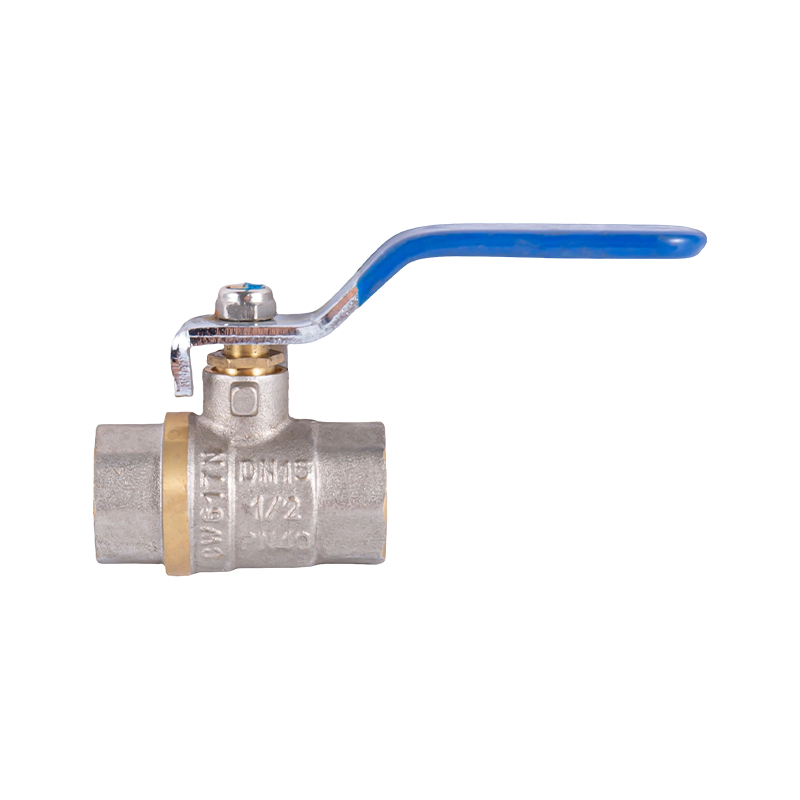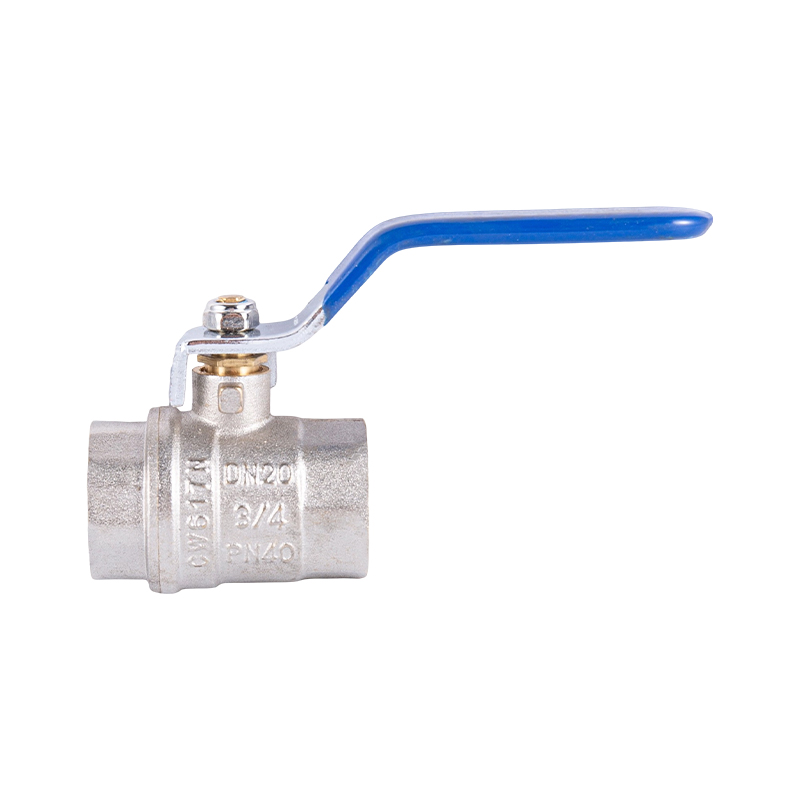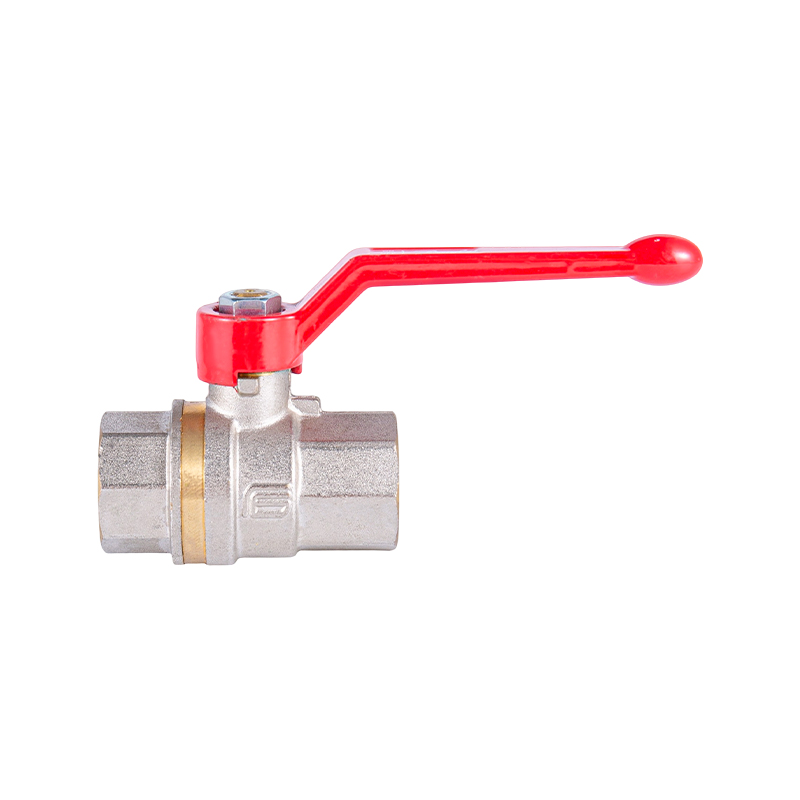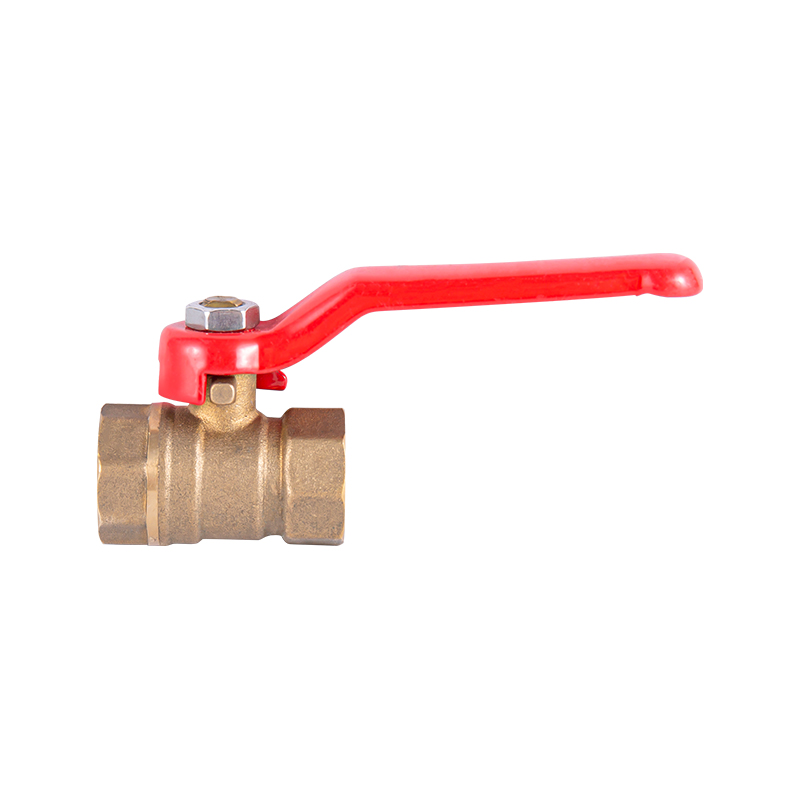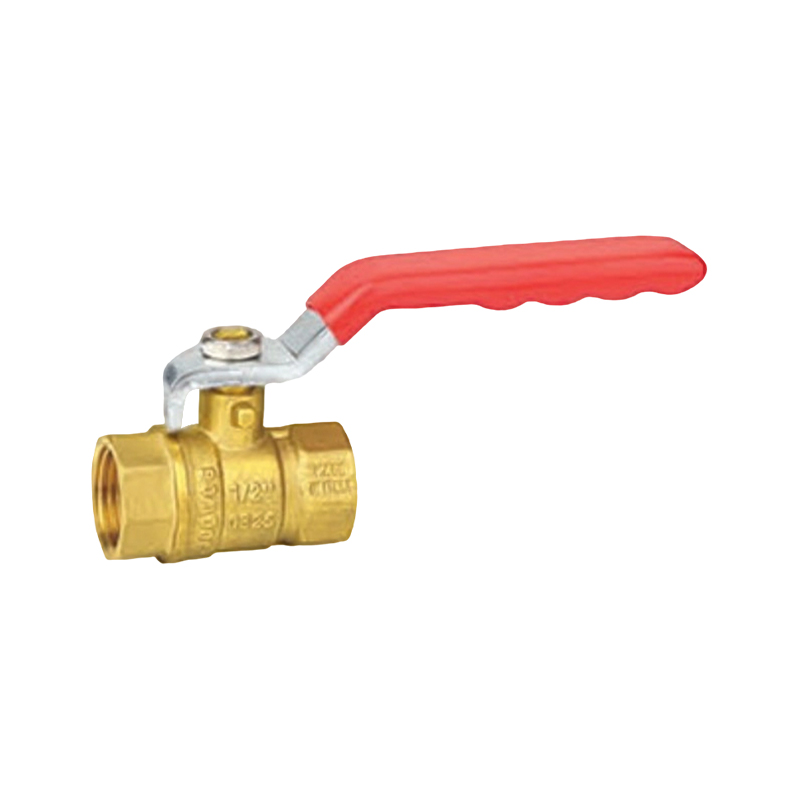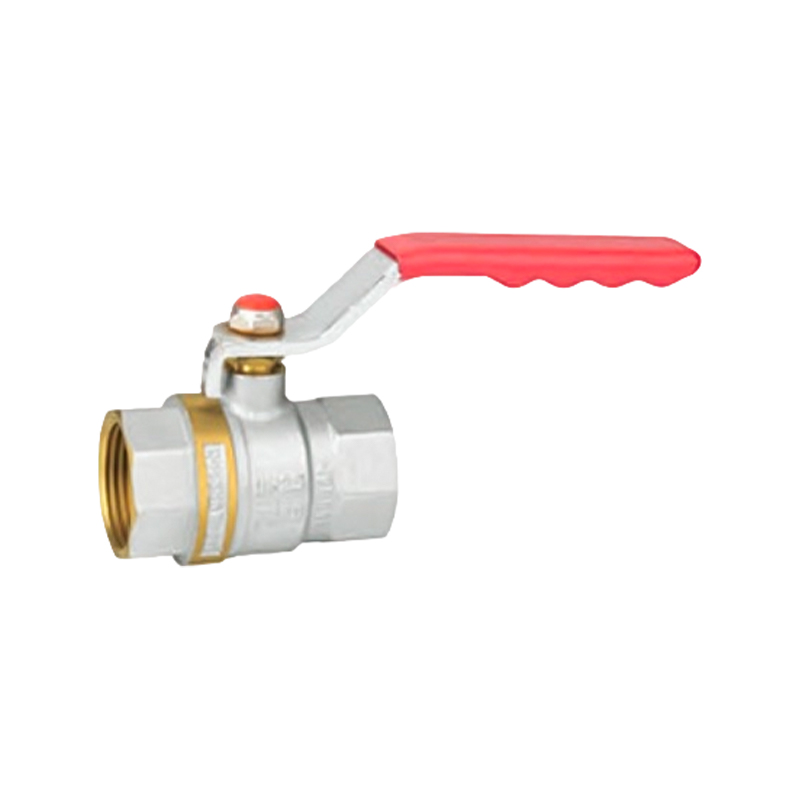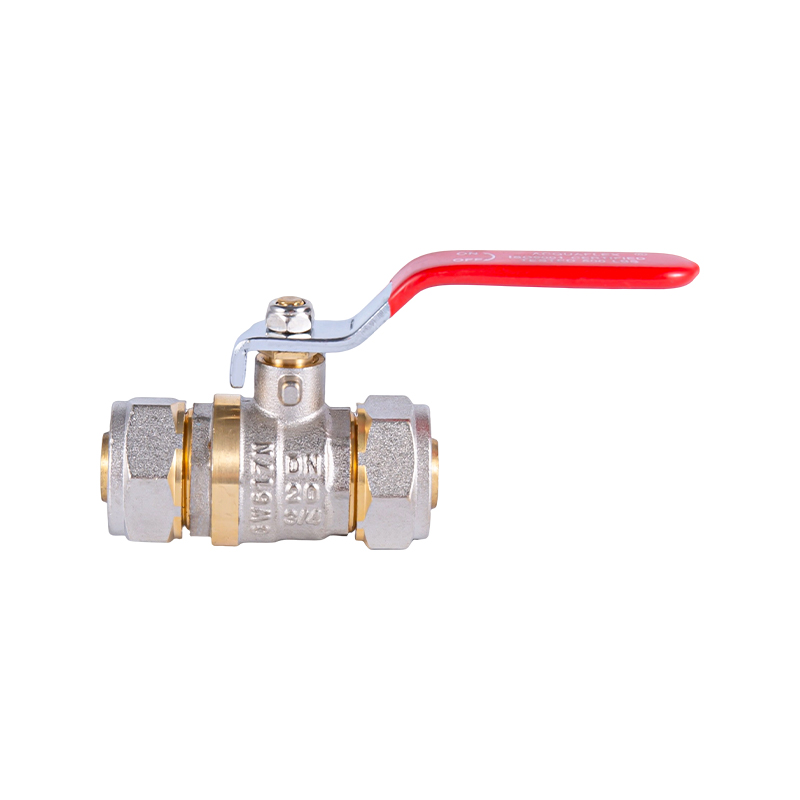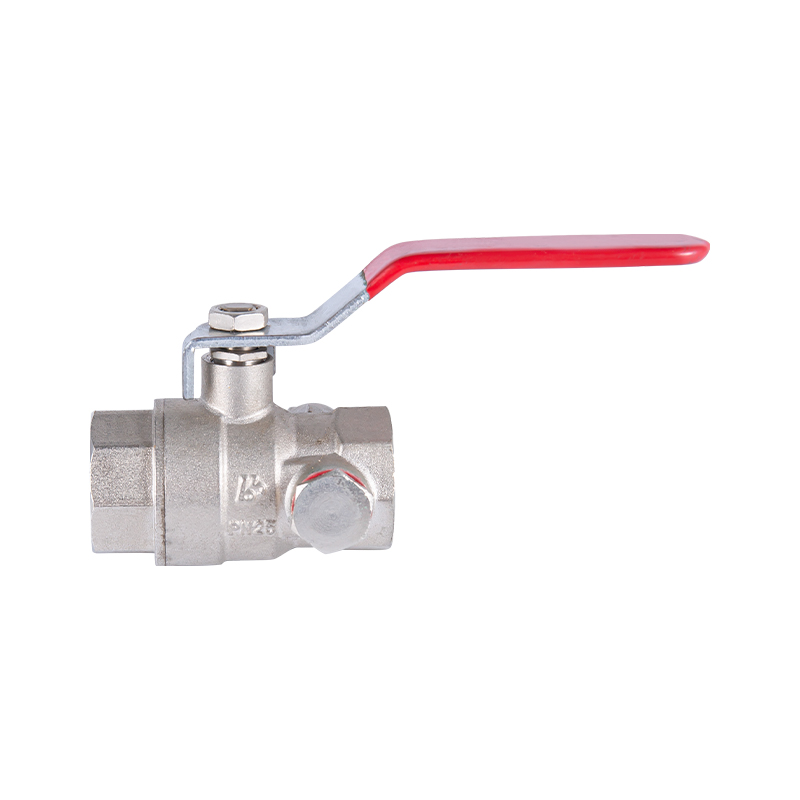Why Is the Mini Valve a Critical Enabler for Precision in Industrial Micro-Systems?
As the industrial sector shifts toward miniaturization, automation, and high-precision manufacturing—from semiconductor fabrication to medical device assembly—demand is growing for components that deliver accurate control within compact, complex systems. The Mini Valve has emerged as a pivotal solution, offering a unique blend of ultra-fine flow regulation, space-saving design, and robust performance that aligns with the needs of modern industrial micro-systems. Unlike larger valves that struggle to integrate into tight setups or lack precision for micro-scale operations, the Mini Valve bridges this gap, supporting the efficiency and reliability of critical industrial processes. This article explores why the Mini Valve has become an indispensable component in industrial micro-systems, focusing on its core product advantages.
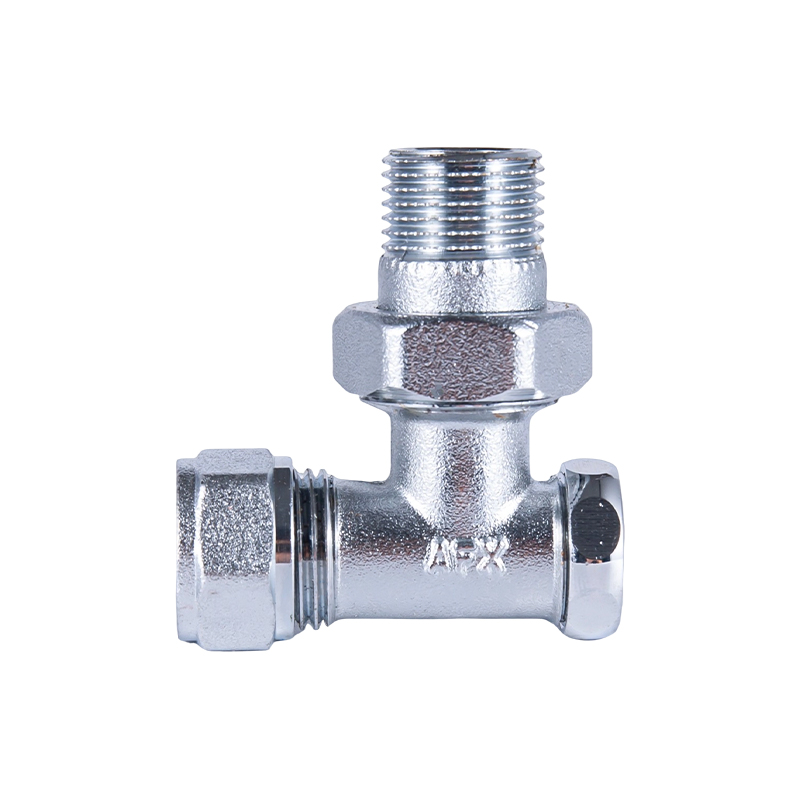
Precision Control for Micro-Fluidic and Gas Systems
The Mini Valve’s standout strength lies in its ability to deliver exceptional precision when regulating small-volume fluid or gas flows—a requirement for industries relying on micro-fluidic or low-pressure systems. Engineered with micro-scale internal pathways and advanced sealing technologies (such as PTFE or ceramic seals), the Mini Valve can adjust flow rates in increments as small as microliters per minute, ensuring consistent performance even in the lots of sensitive applications. Its rapid response time—often measured in milliseconds—allows it to adapt to real-time changes in system demand, preventing overflows or pressure drops that could compromise product quality. This level of precision is not just a convenience; it is a necessity for processes like microchip cooling, where even minor flow inconsistencies can advance to costly defects. By maintaining tight control over fluid and gas movement, the Mini Valve directly enhances the accuracy and yield of industrial micro-systems.
Compact Design for Space-Constrained Industrial Setups
Industrial micro-systems—such as portable diagnostic devices, miniaturized sensors, or compact automation modules—operate within extremely limited space, making component size a critical factor. The Mini Valve addresses this challenge with its ultra-compact form factor, often measuring just a few millimeters in height and diameter. This small footprint allows it to integrate seamlessly into dense system layouts, where larger valves would either not fit or force costly equipment redesigns. Additionally, the Mini Valve’s lightweight construction reduces overall system weight—a key benefit for portable industrial tools or automated robotic arms that require minimal payload. Unlike traditional valves, which often need additional mounting hardware or spacing for operation, the Mini Valve can be installed directly into micro-system assemblies with minimal modification, streamlining production and reducing the complexity of industrial setups.
Durability and Reliability in Harsh Industrial Environments
Industrial settings frequently expose components to harsh conditions—including temperature fluctuations, chemical exposure, and mechanical vibration—that can degrade performance over time. The Mini Valve is built to withstand these challenges, using durable materials such as corrosion-resistant alloys (e.g., stainless steel or brass) and reinforced polymer components that resist wear and chemical damage. Its sealed design prevents dust, moisture, or contaminants from entering internal mechanisms, ensuring consistent operation even in environments like chemical processing labs or high-temperature manufacturing facilities. Unlike fragile micro-components that require frequent replacement, the Mini Valve boasts a long operational lifespan, often exceeding 10,000 cycles without performance degradation. This durability translates to reduced maintenance downtime, lower replacement costs, and greater overall reliability for industrial micro-systems, where unplanned outages can disrupt entire production lines.
Compatibility with Industrial Automation and IoT Integration
As industries adopt Industrial 4.0 technologies—including real-time monitoring, remote control, and data-driven optimization—the Mini Valve has evolved to support seamless integration with automation and IoT systems. Many modern iterations of the Mini Valve include built-in sensors that track flow rates, pressure, or temperature, transmitting data to central control platforms for real-time analysis. This connectivity allows operators to adjust the Mini Valve’s settings remotely, eliminating the need for manual intervention and enabling faster responses to system changes. Additionally, the Mini Valve is compatible with standard industrial communication protocols (such as Modbus or Ethernet/IP), making it easy to integrate into existing automation networks without extensive reconfiguration. This compatibility not only enhances the intelligence of industrial micro-systems but also enables predictive maintenance—identifying potential issues with the Mini Valve before they advance to system failure.
Future Trends: Miniaturization and Energy Efficiency Enhancements
The Mini Valve is poised to play an even greater role in industrial micro-systems as innovation focuses on two key areas: further miniaturization and improved energy efficiency. Manufacturers are developing next-generation Mini Valve models that are even smaller, targeting applications in ultra-precise fields like nanotechnology or micro-robotics. At the same time, advancements in low-power actuation technologies—such as piezoelectric drives—are reducing the Mini Valve’s energy consumption, making it ideal for battery-powered industrial devices or energy-efficient manufacturing lines. These innovations will ensure the Mini Valve remains aligned with the evolving needs of industrial micro-systems, particularly as industries push for smaller, greener, and more intelligent equipment. By continuing to balance precision, compactness, and reliability, the Mini Valve will retain its status as a critical enabler for high-performance industrial micro-systems in the years to come.
-
Feedback


 English
English 中文简体
中文简体 русский
русский Email us now!
Email us now!
